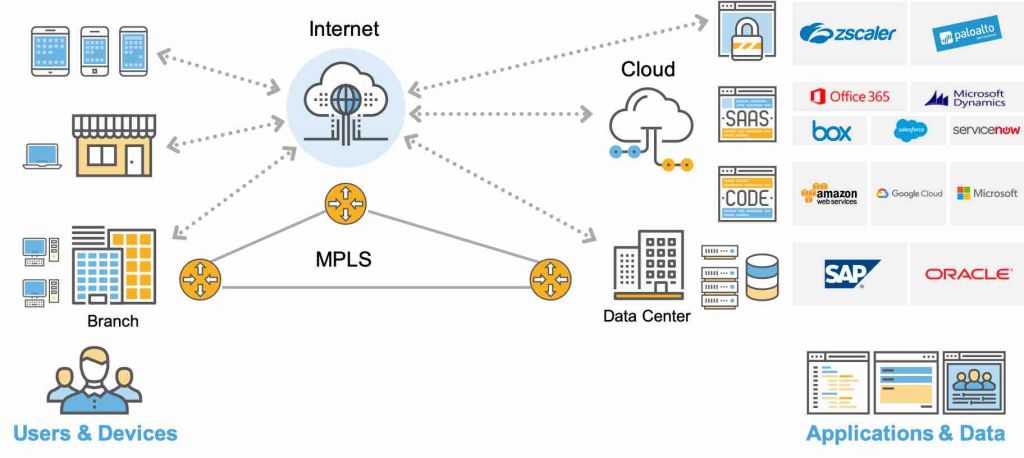I often get the question “When should I enable WAN optimization with my SD-WAN?” It’s a good question, especially since it is a common mistake to either conflate the two or view them as mutually exclusive. They really address different challenges. And the best results come when you use the two together in the right way.
Here is a list of the top four situations when enabling WAN optimization/application acceleration with SD-WAN will help you achieve the best results:
1. SD-WAN assures operational agility and optimization assures app performance
No amount of bandwidth can address the negative effects of latency on app performance. Organizations are adding Internet broadband to the branches to meet capacity demands cost-effectively. Often branches have multiple paths across MPLS, Internet broadband and LTE. SD-WAN brings tremendous network agility with application intelligence to solve problems such as multi-link utilization, path selection, zero-touch provisioning and policy-based management. However, SD-WAN doesn’t help mitigate the negative effects of latency that often exist between users and their apps. Once the packets are on the wire, SD-WAN’s job is essentially done. WAN optimization is the necessary ingredient to dramatically reduce the number of round-trips required to transfer data or complete a transaction. Make sure, however, that the WAN optimization solution addresses the behavior of network and application protocols over long distances. Solving just half of the equation won’t assure end-user performance.
SD-WAN selects the best path and optimization makes the app perform better over that path
2. Migration to the cloud adds latency
The migration of applications to the cloud often increases the distance between users and their apps. It does not matter whether the traffic is backhauled or sent over direct internet access (DIA). This additional latency degrades the performance of the apps and negatively impacts user experience. Look for a WAN optimization solution that is capable of accelerating apps hosted in SaaS and cloud environments. A common misstep is to assume steering packets directly from a branch to the Internet will guarantee exceptional performance. Only when you layer in WAN optimization and SaaS/Cloud app acceleration will you see performance boosts of up to 3x, 5x, even 10x and more.
3. Data reduction can save big in the cloud
With increasing data in the cloud and traffic to and from multi-cloud infrastructure, the egress charges from the cloud providers can quickly add up. For example, egress charges for 25TB of cloud data can cost over $2,000. Classic WAN optimization data reduction techniques offer significant savings for organizations by lowering egress charges. Make sure your WAN optimization is capable of securely intercepting and optimizing SSL/TLS/HTTPS protocols as the vast majority of the traffic to and from the cloud is encrypted.
4. Many business-critical apps continue to be hosted in on-prem data centers (DCs)
Apps will continue to be served from the DC for the foreseeable future (read the blog “MPLS is obsolete”). These are applications like file sharing (CIFS, SMB, NFS….), video streaming (live and on-demand), storage replication, on-prem web applications, etc. Organizations may be reducing MPLS bandwidth as they adopt DIA from the branches. This situation makes it even more critical to optimize traffic on constricted WAN links.
Networks need application acceleration technologies in today’s cloud-first world to address impacts of increased distance between users and the applications. Therefore, it’s critical that organizations choose a SD-WAN solution that offers application acceleration capabilities. SD-WAN and WAN optimization are complementary solutions solving distinct problems. You get the best of both worlds—the best WAN path to route the traffic and the best app performance over the chosen path.
Learn how you can combine SD-WAN and application acceleration with Riverbed Software-Defined WAN.
